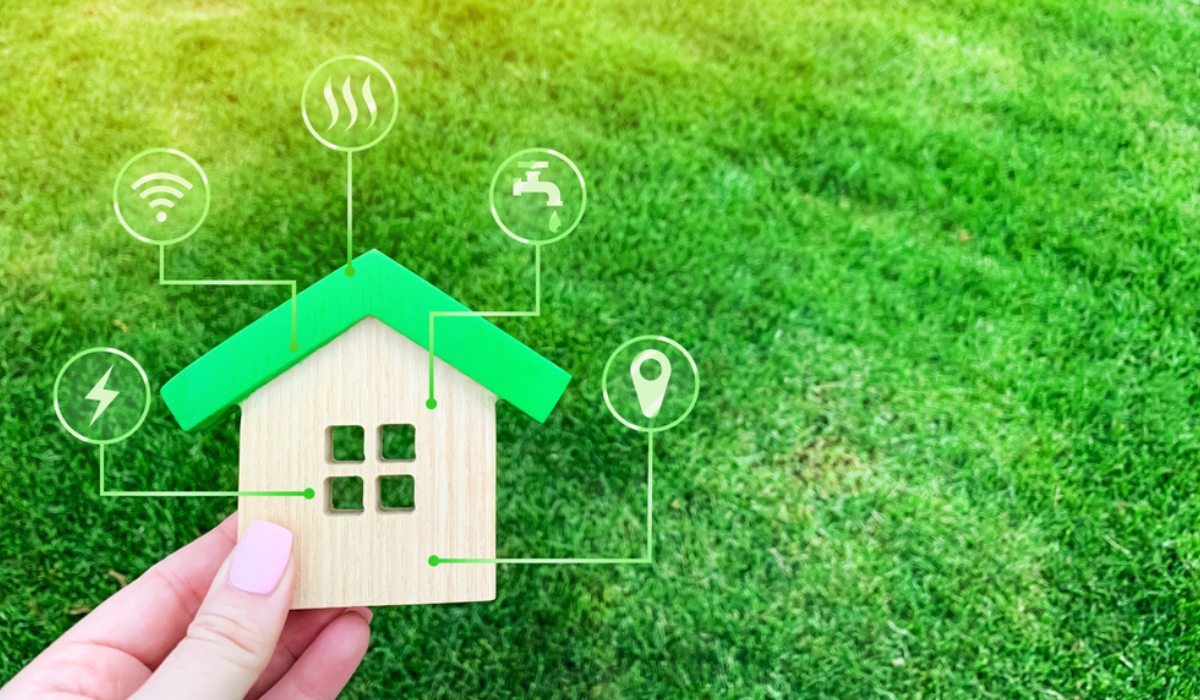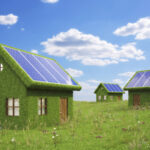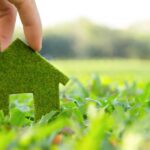In an era where environmental sustainability is not just a trend but a necessity, the real estate industry is witnessing significant shifts. This blog dives into the latest market trends in eco-friendly and sustainable real estate, exploring how managing these aspects is becoming central to development strategies.
As we navigate the evolving landscape of real estate, it’s clear that green buildings are not just beneficial for the planet but also offer substantial economic advantages. Join us as we unpack the reasons behind this shift and what it means for investors, developers, and occupants alike.
Introduction to Sustainable Real Estate
In recent years, the concept of sustainable living has moved from the periphery to the mainstream, reflecting not only in personal choices but also in the real estate market. Eco-friendly properties, characterized by energy efficiency, reduced carbon footprint, and environmentally friendly materials, are becoming the new standard for modern living.
Managing these sustainable properties requires a comprehensive approach that encompasses everything from construction to occupancy. The focus is not just on minimizing environmental impact but also on enhancing the quality of living for occupants.
This shift towards sustainability is driven by a combination of regulatory pressures, growing consumer demand, and the increasing economic viability of green technologies.
Moreover, evidence suggests that sustainable properties not only help in conserving the environment but also offer a significantly lower operational cost in the long run.
Current Trends in Eco-Friendly Real Estate
The surge in sustainable real estate is marked by several emerging trends. Firstly, renewable energy sources like solar panels are no longer an exception but a common feature in new developments. Secondly, there is a growing emphasis on smart technology that optimizes energy consumption and improves overall efficiency.
Another trend is the rise of green certifications, such as LEED (Leadership in Energy and Environmental Design), which serve as a benchmark for the sustainability of a property.
These trends reflect a broader awareness of environmental issues and a shift towards more responsible property management and development practices.
Benefits of Investing in Green Properties
From an investor’s perspective, the green real estate market presents numerous opportunities. Firstly, sustainable properties tend to have a higher resale value and are more attractive to tenants, resulting in lower vacancy rates and higher rental yields.
Furthermore, the operational savings on energy and water bills translate into a more cost-effective long-term investment. Additionally, governments around the world are offering various incentives for green building projects, which can further enhance the financial attractiveness of these investments.
Eco-friendly properties also tend to experience less regulatory risk, as they are already aligned with future environmental standards and requirements.
Lastly, investing in sustainable real estate opens up opportunities for positive branding and corporate responsibility, aligning companies with the values of environmentally conscious consumers and businesses.
Challenges in Managing Sustainable Properties
While the benefits are clear, managing eco-friendly properties comes with its own set of challenges. The initial capital expenditure for green technologies and materials can be higher than traditional methods, although this is often offset by long-term savings and incentives.
Another challenge is the need for specialized knowledge in green building standards and technologies, which can add complexity to project management and maintenance.
Furthermore, the evolving nature of sustainability standards requires ongoing education and adaptation to ensure that properties continue to meet the highest environmental criteria.
The Future of Eco-Friendly Real Estate
Looking ahead, the trajectory for sustainable real estate is decidedly upward. Innovations in green technology and materials, alongside growing regulatory support, promise to further reduce costs and enhance the appeal of eco-friendly properties.
As public awareness of environmental issues continues to grow, demand for sustainable living spaces is expected to rise, driving further investment and innovation in the sector.
Managing the transition to a more sustainable real estate market is not without its challenges, but the potential rewards for the environment, investors, and society at large are immense.
Conclusion
Managing sustainable and eco-friendly properties is no longer just a niche interest but a critical aspect of real estate development and investment. The trends we’re witnessing today showcase a paradigm shift towards more responsible and forward-thinking management practices in the real estate industry.
As we continue to grapple with environmental challenges, the role of green real estate in shaping a more sustainable future cannot be overstated. For developers, investors, and occupants, the message is clear: the future of real estate is green, and the time to act is now.
Undoubtedly, the transition towards green and sustainable properties is reshaping the real estate market. By embracing these practices, we pave the way for a more sustainable and economically viable future. The importance of managing these developments effectively cannot be overstated, as it is the key to unlocking the full potential of eco-friendly real estate.


